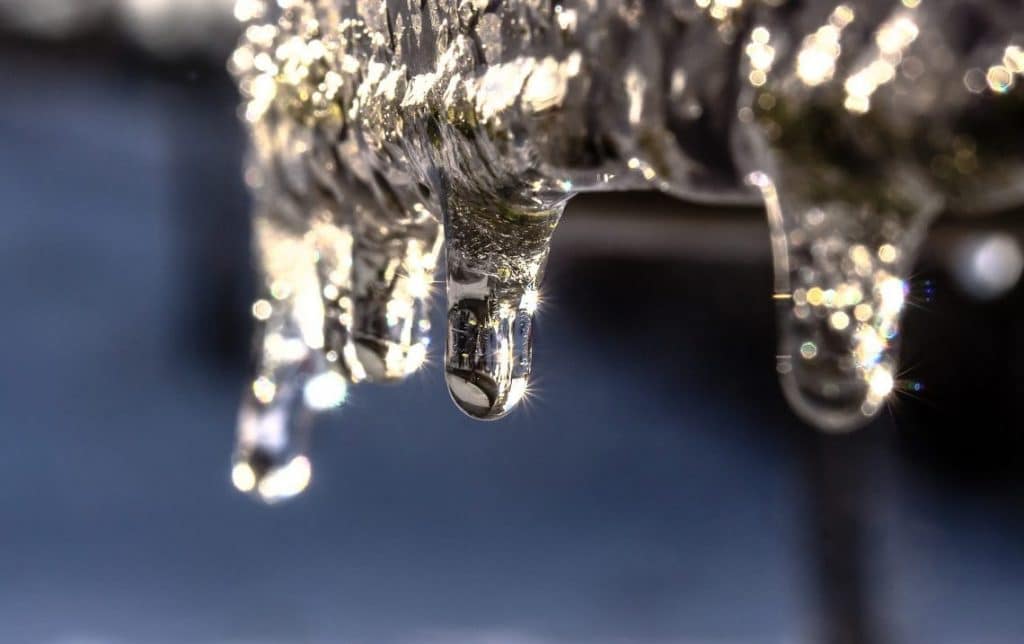The content on the next paragraphs about How to prepare your home plumbing for winter weather is especially attention-grabbing. Don't bypass it.

Cold weather can damage your plumbing, specifically by freezing pipes. Below's just how to prevent it from taking place and what to do if it does.
Introduction
As temperatures drop, the danger of icy pipes rises, possibly causing costly repair services and water damage. Recognizing exactly how to prevent frozen pipes is essential for homeowners in cold environments.
Understanding Icy Pipes
What causes pipelines to freeze?
Pipelines ice up when revealed to temperature levels below 32 ° F (0 ° C) for expanded periods. As water inside the pipes ices up, it expands, putting pressure on the pipe wall surfaces and potentially creating them to rupture.
Risks and problems
Frozen pipes can lead to water supply disturbances, building damages, and costly repair services. Burst pipelines can flooding homes and cause comprehensive architectural damages.
Indicators of Frozen Pipes
Identifying icy pipelines early can prevent them from breaking.
Just how to recognize icy pipes
Look for reduced water flow from taps, uncommon smells or sounds from pipelines, and noticeable frost on revealed pipelines.
Avoidance Tips
Protecting prone pipes
Wrap pipelines in insulation sleeves or make use of heat tape to shield them from freezing temperature levels. Concentrate on pipes in unheated or outside areas of the home.
Home heating methods
Keep indoor rooms adequately heated up, especially areas with plumbing. Open up closet doors to allow warm air to circulate around pipelines under sinks.
Shielding Outdoor Plumbing
Garden hoses and outside taps
Disconnect and drain yard tubes prior to wintertime. Set up frost-proof spigots or cover outdoor taps with insulated caps.
What to Do If Your Pipes Freeze
Immediate actions to take
If you think icy pipelines, keep taps open to alleviate pressure as the ice melts. Utilize a hairdryer or towels taken in hot water to thaw pipelines gradually.
Long-Term Solutions
Architectural changes
Take into consideration rerouting pipes far from outside wall surfaces or unheated locations. Include extra insulation to attic rooms, basements, and crawl spaces.
Upgrading insulation
Invest in top notch insulation for pipelines, attic rooms, and walls. Appropriate insulation assists preserve consistent temperatures and minimizes the threat of icy pipelines.
Conclusion
Stopping frozen pipelines requires aggressive measures and fast reactions. By recognizing the reasons, indicators, and safety nets, house owners can protect their plumbing during winter.
6 Proven Ways to Prevent Frozen Pipes and Protect Your Home
Disconnect and Drain Garden Hoses
Before winter arrives, start by disconnecting your garden hoses and draining any remaining water. Close the shut-off valves that supply outdoor hose bibs and leave the outdoor faucet open to allow any residual water to drain. For extra protection, consider using faucet covers throughout the colder months. It’s also important to drain water from any sprinkler supply lines following the manufacturer’s directions.
Insulate Exposed Pipes
Insulating your pipes is an effective way to prevent freezing. Pipe insulation is readily available at home improvement stores and is relatively inexpensive. Pay close attention to pipes in unheated areas such as the attic, basement, crawl spaces, or garage. Apply foam insulation generously to create a buffer against the cold. You can also wrap your pipes in heat tape or thermostat-controlled heat cables for added warmth.
Seal Air Leaks
Inspect your home for any cracks or openings that could let in cold air. Seal any holes around the piping in interior or exterior walls, as well as the sill plates where your home rests on its foundation. Additionally, make sure to keep your garage door closed unless you’re entering or exiting. Leaving it open creates a significant air leak that can lead to frozen pipes.
Allow Warm Air Circulation
During cold snaps, it’s essential to allow warm air to circulate evenly throughout your home. Leave interior doors ajar to promote better airflow. Open kitchen and bathroom cabinets to help distribute heat consistently around the rooms. If you have small children or pets, be sure to remove any household chemicals or potentially harmful cleaners from open cabinets for safety.
Let Faucets Drip
A small trickle of water can make a big difference in preventing ice formation inside your pipes. When temperatures drop significantly, start a drip of water from all faucets served by exposed pipes. This continuous flow helps prevent the water from freezing. Additionally, running a few faucets slightly can relieve pressure inside the pipes, reducing the chances of a rupture if the water inside does freeze.
https://choateshvac.com/6-proven-ways-to-prevent-frozen-pipes-and-protect-your-home/

We are very inquisitive about How to prepare your home plumbing for winter weather and I'm hoping you enjoyed reading my post. Do you know someone else who is fascinated with the niche? Do not hesitate to promote it. We cherish reading our article about How to prepare your home plumbing for winter weather.
See Availability